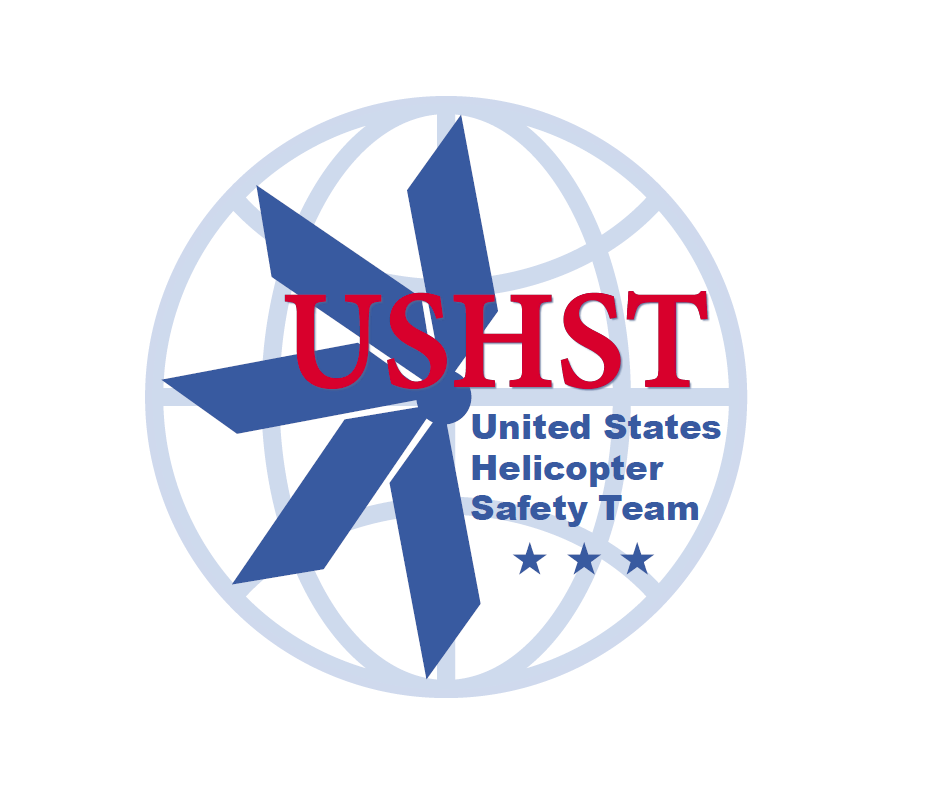The following guidelines and recommended practices for a helicopter preflight inspection, a final walk around, and a post-flight inspection were developed by the U.S. Helicopter Safety Team (USHST) for the pilot community and all instructors. These are a dozen actions you cannot forget:
- No distractions are allowed during your pre-flight inspection.
- Ensure that the rotor is clear and not tied down.
- Ensure that both main and tail rotors are clear from people when turning one or the other even when you think you are alone.
- Always check and secure the fuel cap(s). (And double check the fuel level.)
- During adverse weather conditions, take extra precautions. Conduct a thorough walk-around, panel check, and cargo check and ensure that passenger doors are secured.
- Use caution when stepping on aircraft surfaces, even ones with non-skid. Use two points of contact.
- Verify that all flight controls are in the correct position or setting before your start. (Especially the throttle setting.)
- If you are interrupted during your preflight, start it from the beginning. (Yes, from the beginning.)
- If you are the pilot in command, properly brief your passengers. Don’t let it be done only by ground operation personnel.
- Ensure that passengers do not wear headgear. If they do, make sure it is secured.
- Always conduct a final walk around after completion of the pre-flight inspection prior to getting into the aircraft. The pilot (or a trained crewmember) should always be the last person to get into the aircraft.
- Conduct a post-flight inspection of the aircraft — look for fluids, panels etc.
This list is not all-inclusive. Each recommendation can be expanded per pilot preference. For the complete USHST report on inspection guidelines and best practices, find it here: http://www.ushst.org/RISK-MANAGEMENT.
Lack of professionalism and just plain complacency causes accidents and kills pilots. Going back to basics may sound elementary, but re-focusing on these basic preflight tasks will help reduce helicopter accidents and save lives.









